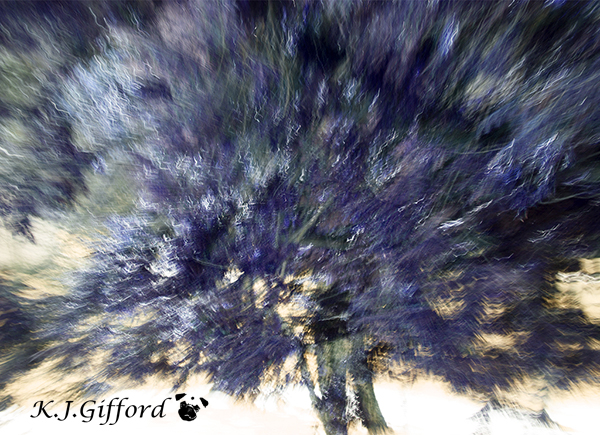 Today I attended a photography class called Who are You: Self through Photographic Image. In addition to expanding my photographic repertoire, I thought it was a good way to explore some of the same themes found in memoir through another medium – the visual. Our instructor, Polly Raine, encouraged us to be authentic. It is the same message, Jon Katz, our leader at the Hubbard Hall Writers Project tried to drive home. In my memoir class, I explore the idea of truth in memoir with my students: What does it mean to tell a true story? Is a story true if memory is flawed, if your perspective differs from others, if you have to manufacture dialogue, if you shape it to be more literary?
Today I attended a photography class called Who are You: Self through Photographic Image. In addition to expanding my photographic repertoire, I thought it was a good way to explore some of the same themes found in memoir through another medium – the visual. Our instructor, Polly Raine, encouraged us to be authentic. It is the same message, Jon Katz, our leader at the Hubbard Hall Writers Project tried to drive home. In my memoir class, I explore the idea of truth in memoir with my students: What does it mean to tell a true story? Is a story true if memory is flawed, if your perspective differs from others, if you have to manufacture dialogue, if you shape it to be more literary?
Today Polly asked us if a photo is a self- portrait if someone else is in it, if no one is in it, If someone else snaps the shutter or helps with the concept or the lighting? And, what does it mean to be authentic? Do any of us know ourselves, is knowing yourself the same thing as feeling comfortable with yourself? These are important questions and just as I instruct my students, Polly instructed us, that we have to reach conclusions for ourselves, come up with our own working definitions of self-portrait, memoir and as in life, decide what it means to truly be our authentic self.
Sometimes this means deciding what to include and what to exclude – do I share this story or do I keep silent? Do I show my face or leave it out? What is the best way to be authentic and to share this self with others?
I have found that sometimes the knowing comes in the doing. In order to figure out who we are we have to take the picture, write the tale, share the story. For me, I sometimes find out who I am by looking at others. Their lives serve as a mirror into my own. Such is friendship with Joan, my pug Waffles breeder. I have found myself writing a lot about her on this blog and it wasn’t until one of my readers commented that she loves my stories about strong women that I realized this was part of my fascination with Joan’s life – her strength and her vulnerability. I am drawn to paradox. It is part of what I love about religious study – paradox abounds in the Bible – a crucified messiah, the word made flesh, truly god, truly man. I see strength and vulnerability in myself. It is probably in all of us. But sometimes I am strong when I should be vulnerable and vulnerable when I should be strong.
Polly said that traditionalists would argue that a photograph cannot be a self-portrait if someone else presses the shutter and that it can be argued it may not be a true self-portrait if someone else is also in the picture, because having someone else involved, by its very nature, changes the dynamic. Yet, no man is an island right? Like a tree falling in the forest if no one is around does it still make a noise? Are any of us anything in isolation? Even when we are the only one’s in the picture, we are not alone. Someone is always reading the story, looking at the photograph. It’s always our voice, our portrait, but how can we be authentic if we don’t acknowledge that?
We are social creatures. Isn’t my truth always being reflected and bounced off those around me? I’m not sure it is possible for me to disconnect my story from those around me – Joan’s story is my story, my mother’s story is my story, my friend Sheila’s story is my story – all these women, all these people both strong and vulnerable, are me. I look at them and learn who I am and who I want to be.
